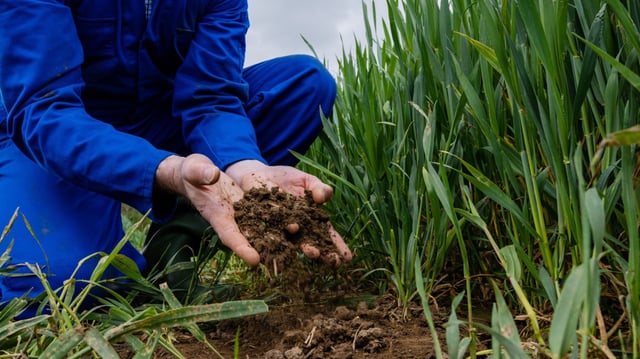Overview
- Researchers sampled over 580 insects across 51 sites in the UK, covering gardens, grasslands and farmland.
- Earthworms exhibited a 30% microplastic contamination rate; slugs and snails each showed around 24% presence.
- Polyester fibers, likely shed from clothing and released via sewage sludge, were the most prevalent plastic type found.
- Insects contaminated with microplastics risk passing particles to predators such as songbirds, mammals and reptiles.
- Ingested microplastics in soil invertebrates could disrupt essential functions like nutrient cycling and aeration, potentially hindering plant growth.
